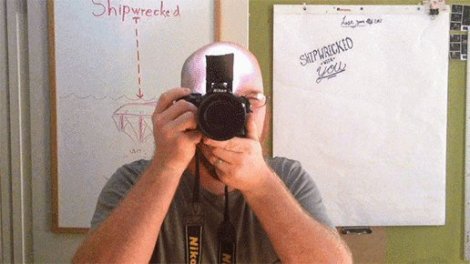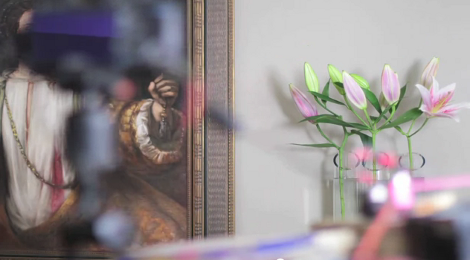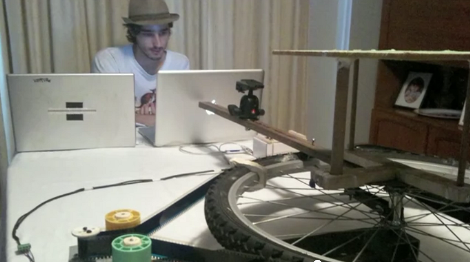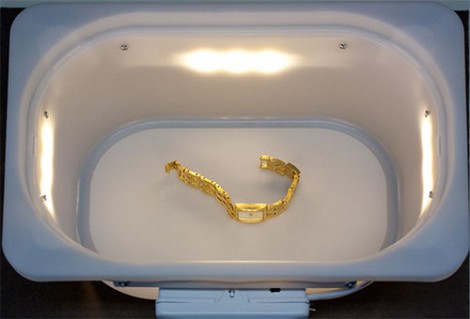
We never use the flash on our point-and-shoot. It has a way of washing out every image we take. But [Joey] has a different solution to the problem. He shows us how to make a papercraft flash reflector that will still light up your subject without washing out everything in the foreground.
[Joey] is perfectly aware that at first glance it would seem you need to have a reflective forehead for this to work. But the reflector is actually set up to aim the flash toward the ceiling. Since most ceilings are white this will reflect the light back into the room, dispersing it at the same time. His write-up includes a link to a PDF of the pattern. After cutting it out, one side is coated in black electrical tape, the other is left white to reflect the light. The design includes a tab that slides into the hot shoe of his Nikon DSLR to position it in front of the pop-up flash.
















